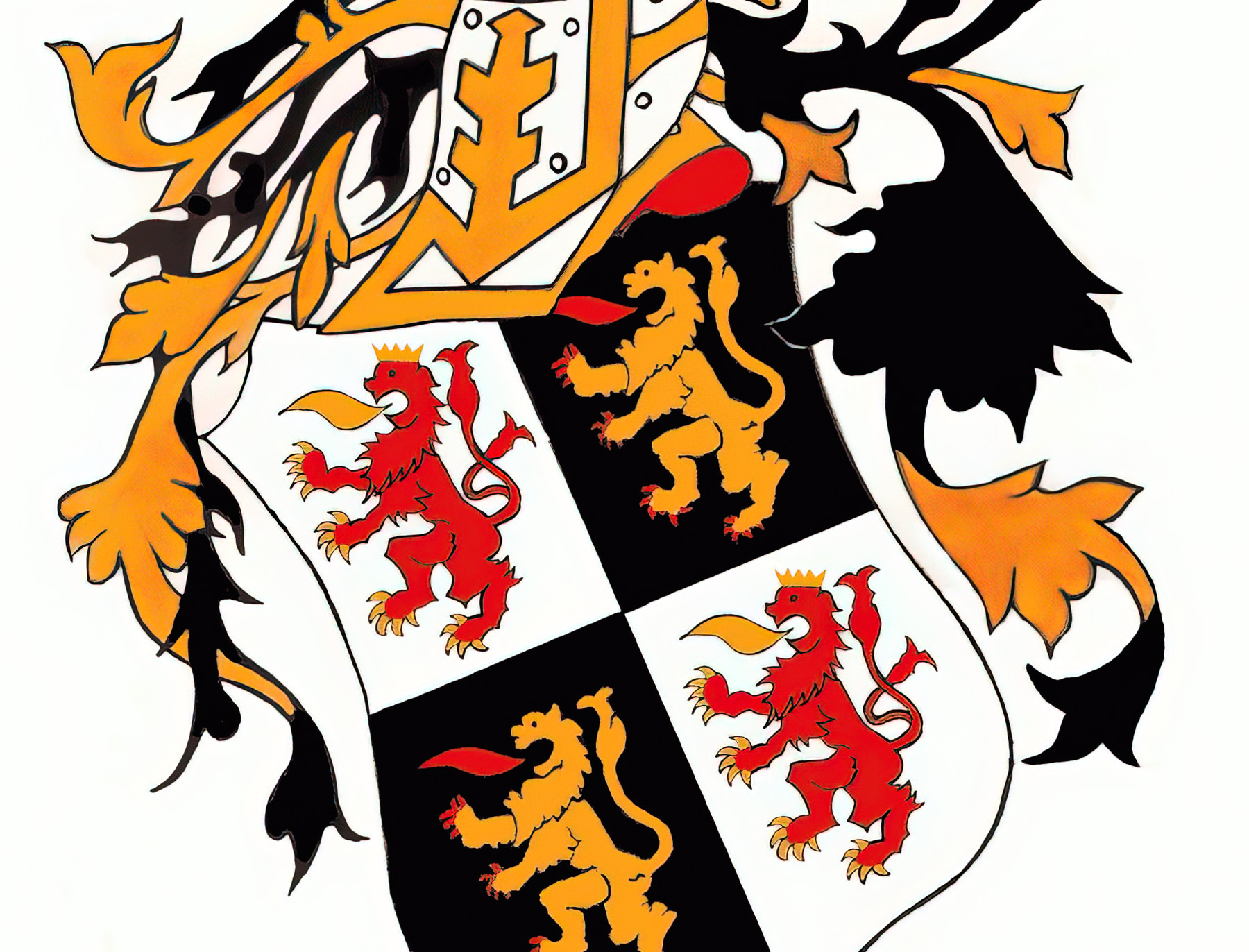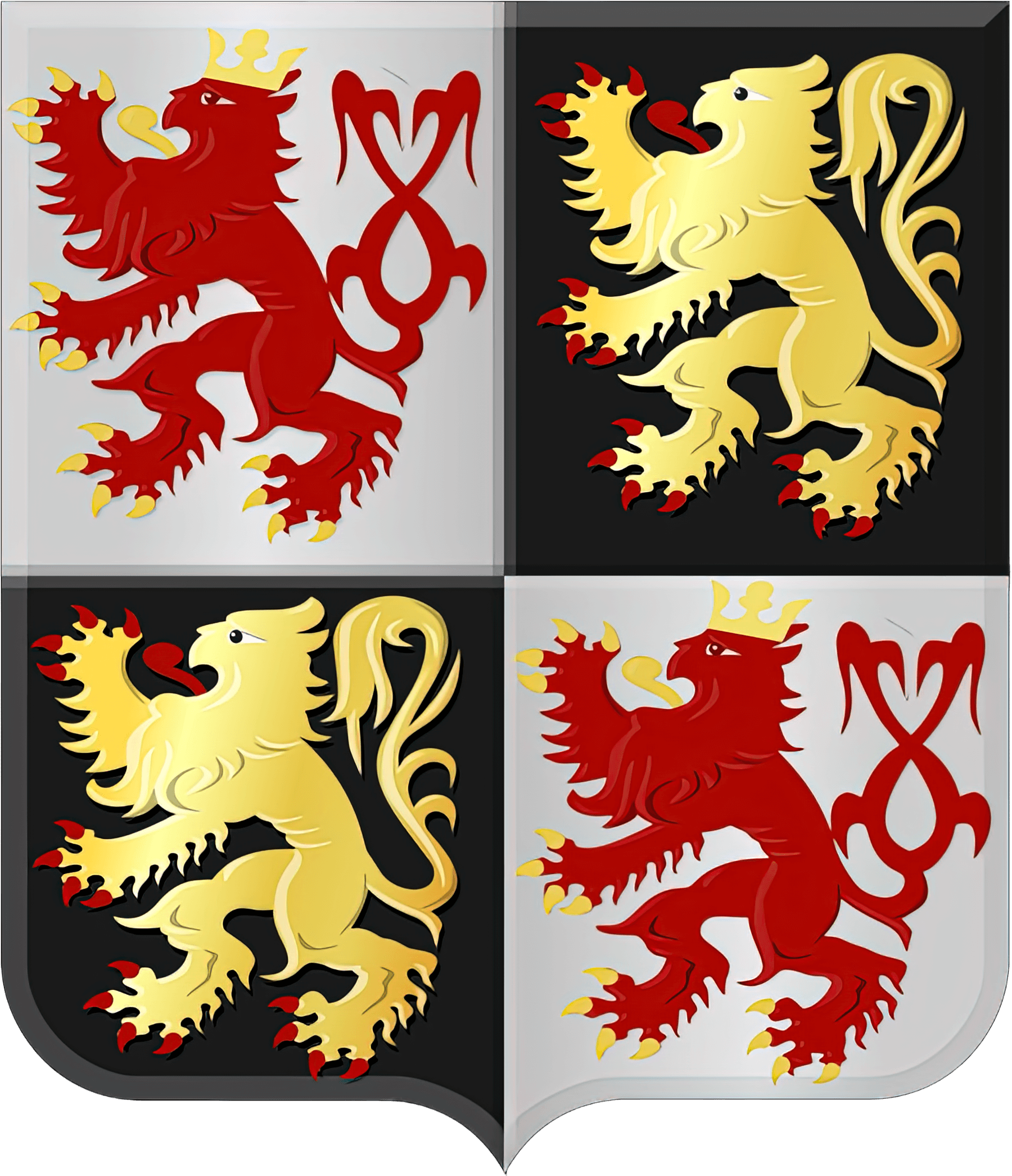History
Voer Region
The Voer region has had an illustrious history over the centuries, which makes reading worthwhile. From prehistory to the present, there is something of every piece of history to be found in our environment. Whether it concerns flint quarries or old buildings, you will find it all.




A JACKET PUZZLE FROM THE PAST
The part of Europe to which the Voer region belongs has been a place that attracted people since prehistoric times. The subsoil, the landscape, the presence of a lot of water and the location in the vicinity of the Maas and Rhine would not have been unfamiliar to this. Many thousands of years before our era, our prehistoric ancestors worked the silex stone that was there for the taking. The Romans operated one, possibly even two large villas and the Frankish and Carolingian monarchs maintained a royal farm there. Our area was very coveted and in the field of tension between East and West Franconia there was a lot of quarreling between the local feudal lords.
History of the Voer region
AFTER THE BATTLE OF WOERINGEN IN 1288
When duke Jan I of Brabant won the battle in the Battle of Woeringen (June 5, 1288), our area was definitively oriented to the west. Across the prince-bishopric of Liège, we, as Landen van Overmaze, were governed from Brabant, which later absorbed us into the Burgundian sphere of influence and the Netherlands of Emperor Charles V and his Habsburg successors. But under Spanish rule we once again became a piece of the battlefield in the fight with the Dutch who had made Maastricht a garrison city.
History of the Voer region
AT THE LIMBURGS SPEAKING AREAS UNTIL 1830
Even after the Treaty of Munster (Peace of Westphalia, 1648), the whole region remained a real patchwork of Spanish and State (Dutch) territory. Although relatively quiet, it was not until the Treaty of Utrecht (1714) that Austria brought temporary political stability. During the French occupation, the Landen van Dalhem and Limburg, to which the Voerdorpen belonged, were assigned to the department of the Ourthe, the southern Dutch neighboring villages to the department of the Lower Maas. The divorce was thus completed. The Dutch administration also did not change this between 1815 and 1830, and so the Limburg-speaking areas (up to and including Eupen) came into the French-speaking province of Liège (to which they had historically never belonged) when Belgium came into being.
History of the Voer region
BACK AT LIMBURG IN 1963
The pressure of German in the east and that of French in the south gradually supplanted Limburgish until after 1945 only the Voer Villages remained. The language border regulation and laws of resp. 1930 and 1932 eventually ensured that the Voer region became part of the province of Limburg on September 1, 1963 and afterwards of the region of Flanders. Although an administrative Flemish-Limburg island, squeezed between the Walloon region and the Dutch border, the Voer region is an ideal meeting place for the surrounding cultures and peoples and its future is guaranteed if the Flemish government and the people of Voeren want to invest in it.
History of the Voer region
THE FLAG & COAT OF ARMS
The coat of arms of Voeren is based on that of the former municipality of 's-Gravenvoeren. The coat of arms was endorsed by the Community Minister of Culture on December 9, 1988. Heraldically it is described as follows “Quartered, 1. And 4. In silver, a double-tailed lion of gules (red), crowned, clawed and tongued of gold, 2. And 3. In sable (black), a lion of gold, clawed and tongued throat (red).
 The coat of arms is based on that of the dukes of Brabant and Limburg. Before 1080, the center of power of the land of Dalhem was probably in 's-Gravenvoeren.
The coat of arms is based on that of the dukes of Brabant and Limburg. Before 1080, the center of power of the land of Dalhem was probably in 's-Gravenvoeren.
 In the 13th century, both Dalhem and Limburg came under the authority of the Duke of Brabant. Mainly due to the battle of Woeringen on 5 June 1288, the people of Brabant expanded their area on the east side of the Maas. Duke Jan I of Brabant won his battle and Limburg and the neighboring Rolduc came under Brabant rule.
In the 13th century, both Dalhem and Limburg came under the authority of the Duke of Brabant. Mainly due to the battle of Woeringen on 5 June 1288, the people of Brabant expanded their area on the east side of the Maas. Duke Jan I of Brabant won his battle and Limburg and the neighboring Rolduc came under Brabant rule.
History of the Voer region
IS THE VOERENS DIALECT A GERMAN DIALECT?
The dialects of the Voer region are connected on the dialectological map with the other dialects of Belgian Limburg, Dutch Limburg and the Germanic northeast of the province of Liège,” says Dr. José Cajot. “With these dialects and others from the German language area, they form the heterogeneous transitional zone between Brabantish in the west and Ripuarian or Keulerlandic in the east, which is scientifically called East Low Franconian, South Low Franconian or simply Limburgish. ” However, it is not recommended to apply the term Platdiets to the dialects of the Voer region, because this could give the impression that they are something separate, dialects that are clearly distinguishable from the regional languages of the neighboring places of Belgian Limburg in the west and of the Dutch-Limburg neighboring villages in the north.
In the past, Dutch has also been referred to as Diets/Duuts and Nederduits.
- Diets/Duuts: language of the people from the Middle Ages to about 1500.
- Dutch: from about 1514, and mainly in the Southern Netherlands (Flanders).
- Low German: from the middle of the 16th century to sporadically at the beginning of the 20th century.
Dutch and German are two separate Germanic languages, equivalent cultural languages. Voerens is not German at all, but a local collection of Dutch dialects.
History of the Voer region
Language struggle in the Voer region
In the Belgian Voer region in particular in the sixties, seventies and eighties of the twentieth century a language battle raged. The six villages along the rivers the Voer and the Gulp became the subject of politically heated language debates in those years. The transfer of the region from the Walloon province of Liège to the Flemish province of Limburg when the language border was established in 1963 resulted in political squabbling that regularly took on a national dimension in the 1980s and led to the fall of the federal government in 1987. The villages in the Voer region have been legally Dutch-speaking since 1963, with facilities for French speakers. The local population originally spoke Voerens, a dialect of Limburg, in the four western villages (Moelingen, 's-Gravenvoeren, Sint-Martens-Voeren and Sint-Pieters-Voeren), and in the two eastern villages in the Gulpdal (Teuven and Remersdaal) Platdiets . Due to its location on the border of the Dutch, German and French language areas, the population often has a command of Dutch, French and German.



